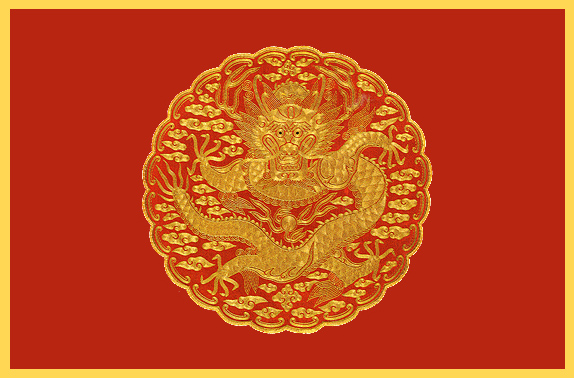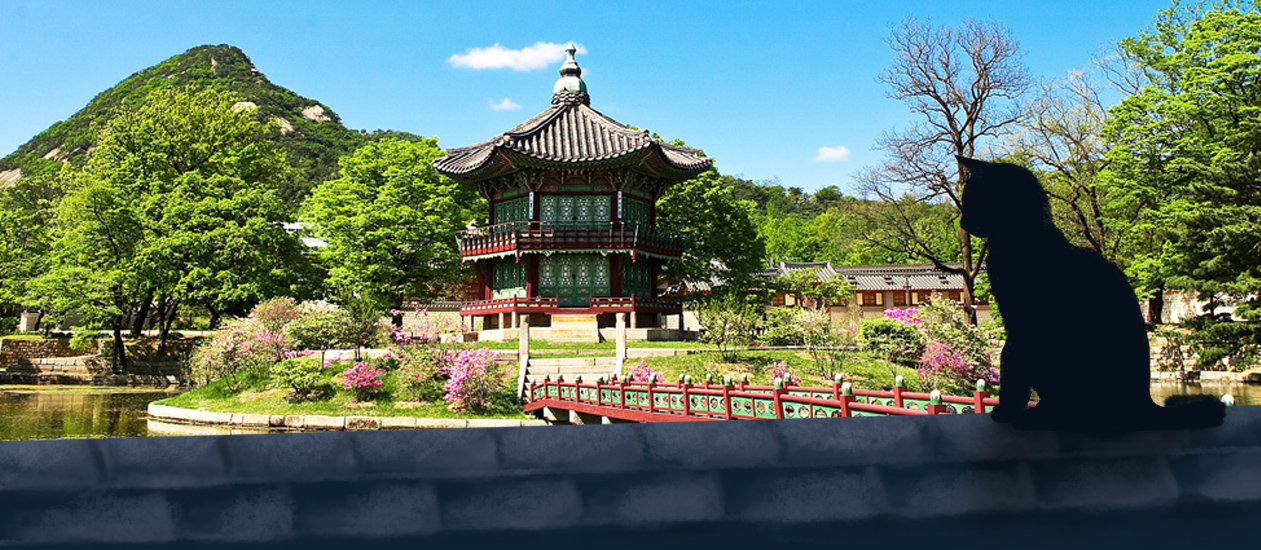Chosun
Dae Joseon Guk (Kingdom of the Great Joseon)
With its heart in the small peninsula off the coast of east Asia, Chosun dominates the eastern word. It was one of the first places in history to harness the power of vesanmer, and was home to some of the great inventions of the world (although some Han people, subjects of the Chosun, argue that they deserve credit for some of these inventions).
History
During the Three Kingdoms period, vesanmer was discovered and first used by the Goguryeo. They quickly militarized the power, using it to power projectile canons in an era before gunpowder. Although they were limited by needing to connect their canons to the paths via lengths of copper, this weapon allowed them to conquer the other kingdoms, take over the entire peninsula, and push into China. Gogoryeo culture spread throughout east Asia.
The Gogoryeo ruled for about 600 years, until internal strife weakened them in the 6th century. A succession crisis caused the kingdom to split into two factions, which only came close to ending when an 8-year old prince was crowned. Not everyone accepted his reign, however, and magistrates in more distant parts of the kingdom appointed themselves local rulers and ignored orders from the capital.
Gogoryeo would never be as strong as it once had been. In 613, a general launched a revolt against the splintering kingdom. After five years of civil war, the Gogoryeo officially abdicated and Ch'ang Sang Min became the first emperor of the new Gyeongpo Dynasty. The capital was moved to Hanseong, although Gyeongpo's borders shrank and much of their land away from the peninsula broke up among rival warlords.
One of those warlords, Jia Li, eventually united the warring stated in 945 and launched an invasion against the Gyeongpo. He declared himself the first emperor of the Luan dynasty (named for Li's home province in the Luan river region) and moved the capital to Chang'an. This represented a period of Luanese rule in the region that lasted 300 years.
In 1234, Luan was invaded by the Mongols in the west. After 5 years of war, the Mongols finally overthrew the Bao dynasty and established the Yuan dynasty. This, however, was short-lived. In 1345, Moroccan traveller Ibn Battuta visited the Chosun peninsula and brought with him advances in pathstones. Although pathstones had been used for about 2 centuries in east Asia, they had not written commands on them and used them purely as storage to connect copper wires to remotely. A general in Hanseong, fascinated by Battuta's portable light, experimented with using pathstones to launch projectiles of pure vesanmer.
This military advancement led him to lead a campaign against the Mongolian occupation, and in 1248, established the Joseon Dynasty, named after the legendary first kingdom, Gojoseon. The Joseons continued to drive Mongolians out of east Asia, and expanded their empire over the next few centuries. Although ethnic Joseons made up a minority and eventually inscribing on pathstones was commonplace, their control of the vesanmer bottleneck led to a powerful empire that endures to this day.

Type
Geopolitical, Kingdom
Alternative Names
Chosŏn, Joseon
Demonym
Chosunese
Government System
Monarchy, Crowned Republic
Power Structure
Unitary state
Economic System
Market economy
Currency
Chosun Won


